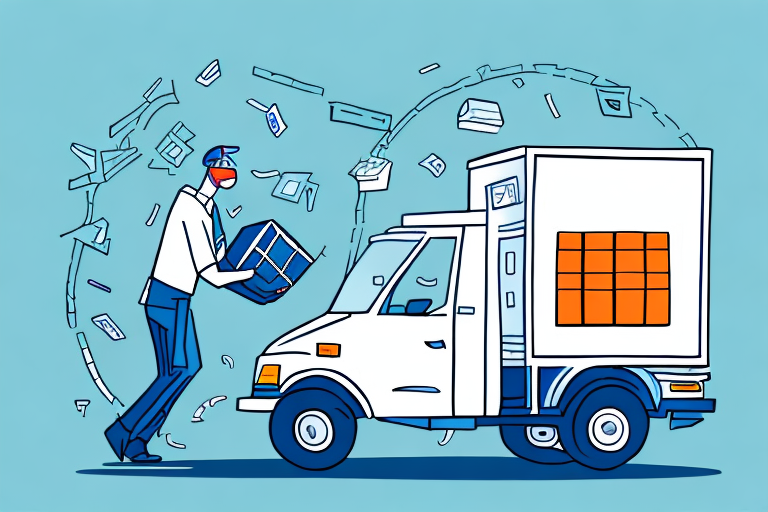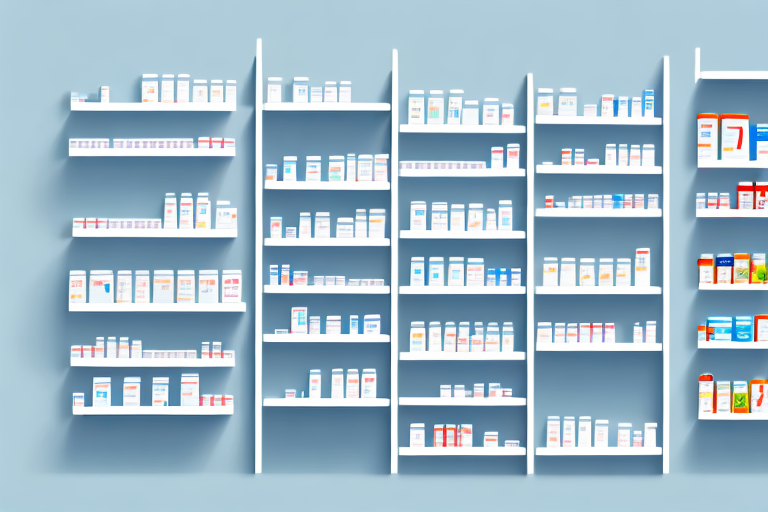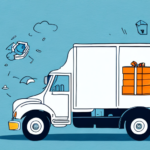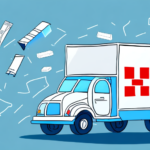The Growing Demand for Medicine Delivery Jobs
As populations age and healthcare needs increase, medicine delivery jobs have become an essential component of the healthcare system. This demand has been further amplified by the COVID-19 pandemic, which highlighted the necessity for safe and efficient delivery of medications to patients who are unable to visit pharmacies in person.
Impact of an Aging Population
According to the Centers for Disease Control and Prevention (CDC), the number of Americans aged 65 and older is projected to nearly double by 2060. This demographic shift increases the need for reliable medication delivery services to ensure that older adults receive their prescriptions without the need for frequent pharmacy visits.
Rise of Online Pharmacies
The advent of online pharmacies has revolutionized the way medications are dispensed and delivered. A study by the Health Affairs journal indicates a significant uptick in online prescription orders, driving the need for more delivery drivers to meet this growing demand.
Effect of the COVID-19 Pandemic
The pandemic underscored the importance of medicine delivery services. With many individuals isolating at home, the demand for home delivery of essential medications surged, making delivery driver roles even more critical in maintaining public health safety.
Essential Skills and Requirements for Medicine Delivery Drivers
To excel as a medicine delivery driver, certain skills and qualifications are necessary. These include:
- Valid Driver’s License: A current driver’s license with a clean driving record is mandatory.
- Reliable Vehicle: A dependable mode of transportation is essential for timely deliveries.
- Communication Skills: Effective communication with patients and pharmacy staff is crucial.
- Organization: Ability to manage schedules, track deliveries, and handle multiple tasks efficiently.
- Basic Medical Knowledge: Understanding prescription labels and common medications ensures accurate deliveries.
Knowledge of Local Area
Familiarity with local streets, neighborhoods, and traffic patterns enables drivers to plan efficient routes, reducing delivery times and enhancing service reliability.
Customer Service Excellence
Medicine delivery drivers often serve as the primary point of contact between patients and pharmacies. Demonstrating professionalism and empathy can significantly improve customer satisfaction and trust.
Getting Started in the Medicine Delivery Industry
Entering the medicine delivery field involves several steps to ensure you are prepared and qualified:
- Research local pharmacies and healthcare providers for job opportunities.
- Prepare a resume and cover letter highlighting relevant experience and qualifications.
- Apply for positions through job portals or directly via company websites.
- Undergo background checks and drug screenings as part of the hiring process.
- Ensure you have the necessary equipment, such as a reliable vehicle and a smartphone for navigating routes.
Licensing and Insurance
Ensure that you possess the required licenses and consider obtaining liability insurance to protect yourself and the medications you handle.
Physical Fitness
The role may involve lifting and carrying heavy medication packages. Maintaining good physical health is important to perform these tasks safely and effectively.
Technology Enhancements in Medicine Delivery
Advancements in technology have streamlined the medicine delivery process, improving efficiency and accuracy:
Delivery Management Software
Pharmacies and delivery services utilize specialized software to manage orders, track deliveries, and communicate with drivers in real-time. Tools like Route4Me optimize routing and reduce delivery times.
GPS and Navigation Tools
GPS devices and mapping applications help drivers navigate routes efficiently, avoiding traffic congestion and ensuring timely deliveries.
Electronic Health Records (EHR) Integration
Integration with EHR systems allows delivery drivers to access patient information securely, ensuring prescriptions are delivered accurately and maintaining patient confidentiality.
Benefits and Challenges of Being a Medicine Delivery Driver
Pros:
- Flexibility: Many positions offer flexible schedules, ideal for part-time or freelance work.
- Autonomy: Independence in managing your workday and routes.
- Job Satisfaction: Contributing to patient well-being by ensuring they receive necessary medications promptly.
Cons:
- Irregular Hours: Deliveries may be required during evenings or weekends.
- Weather and Traffic: Adverse conditions can complicate deliveries and extend delivery times.
- Safety Risks: Potential exposure to traffic accidents or handling sensitive medications.
Ensuring Safety and Building Customer Relationships
Maintaining safety and fostering positive relationships with customers are paramount in medicine delivery roles:
Safety Measures
- Always wear a seatbelt and follow traffic laws.
- Secure medications to prevent theft or damage during transit.
- Park in well-lit, secure areas when making deliveries.
Building Trust with Customers
- Communicate clearly about delivery times and any potential delays.
- Be punctual and reliable in your delivery schedule.
- Show empathy and understanding, especially when delivering to vulnerable patients.
Compensation and Career Advancement
Medicine delivery drivers can expect competitive compensation, which varies based on experience, location, and employer:
Salary Expectations
On average, drivers earn between $15-$25 per hour, with opportunities for additional earnings through tips and performance-based bonuses.
Advancement Opportunities
- Senior delivery driver positions with leadership responsibilities.
- Specialization in delivering high-value or specialty medications.
- Transitioning into logistics, management, or healthcare administration roles.
Future Trends in Medicine Delivery
The medicine delivery sector is poised for significant growth and innovation:
Personalized Medicine
The increasing emphasis on personalized medicine will require delivery services to handle more specialized and sensitive medications, necessitating enhanced training and handling protocols.
Integration with Telehealth
The rise of telehealth services will likely drive further integration between healthcare providers and delivery services, ensuring seamless patient care from prescription to delivery.
Sustainable Delivery Practices
There is a growing focus on sustainable practices, such as the use of electric vehicles and eco-friendly packaging, to reduce the environmental impact of delivery services.
Conclusion
A career in medicine delivery offers numerous benefits, including flexibility, autonomy, and the fulfillment of aiding individuals in maintaining their health. However, it also presents challenges such as irregular hours and safety concerns. By equipping yourself with the necessary skills, leveraging technology, and committing to exceptional customer service, you can build a rewarding career in this vital and evolving industry.








